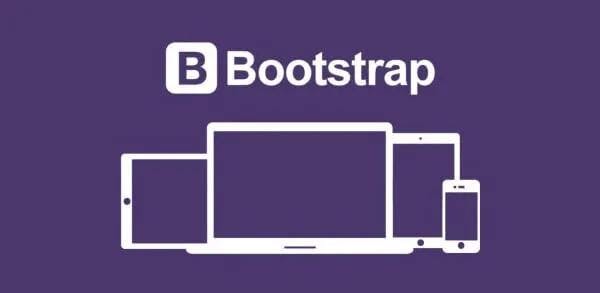
"Frontend styling frameworks play a crucial role in web development, offering developers pre-designed components, styling options, and a streamlined approach to create visually appealing and consistent user interfaces. These frameworks simplify the process of styling and layout, saving developers time and effort. In this blog post, we will explore some of the best frontend styling frameworks that every developer should be familiar with."

Bootstrap is one of the most widely used and well-established frontend styling frameworks. It provides a comprehensive collection of CSS and JavaScript components that assist in building responsive and mobile-first websites. Bootstrap’s grid system enables developers to create flexible and responsive layouts, while its pre-styled components, such as buttons, forms, and navigation bars, offer a consistent and visually pleasing user interface. With extensive documentation and a large community, Bootstrap provides a wealth of resources, themes, and templates to accelerate development.

Tailwind CSS is a utility-first CSS framework that offers a highly customizable and low-level approach to styling. It provides a set of small, atomic utility classes that can be combined to build custom designs. Tailwind CSS allows developers to rapidly prototype and iterate on designs without writing custom CSS. It offers a comprehensive set of utility classes for spacing, typography, color, and more, enabling developers to quickly achieve desired visual styles. With its flexibility and developer-friendly approach, Tailwind CSS has gained popularity among frontend developers.

Bulma is a lightweight and modern CSS framework that emphasizes simplicity and ease of use. It provides a wide range of responsive components, including grids, forms, buttons, and navigation bars, making it easy to build responsive websites. Bulma’s class-based syntax simplifies the styling process, and its modular architecture allows developers to include only the necessary components, reducing file sizes. With Bulma, developers can achieve clean and visually appealing designs without the need for extensive customization.

Material-UI is a popular frontend styling framework that implements Google’s Material Design guidelines. It offers a comprehensive set of React components styled according to the Material Design principles. Material-UI provides ready-to-use components such as buttons, cards, menus, and dialog boxes, allowing developers to create intuitive and visually pleasing user interfaces. With a strong focus on accessibility and responsive design, Material-UI simplifies the process of building modern and engaging web applications.

Foundation is a powerful and feature-rich frontend styling framework that provides a wide range of responsive components and a responsive grid system. It offers a flexible and customizable approach to styling, allowing developers to tailor designs according to their project requirements. Foundation’s modular architecture and extensive set of Sass variables and mixins provide developers with fine-grained control over the styling process. With Foundation, developers can create sophisticated and responsive designs efficiently.
Frontend styling frameworks are essential tools for developers to create visually appealing and responsive user interfaces efficiently. Bootstrap, Tailwind CSS, Bulma, Material-UI, and Foundation are among the best frontend styling frameworks available today. Each framework offers unique features, approaches, and customization options. By familiarizing themselves with these frameworks, developers can leverage their capabilities to streamline their styling workflow, improve productivity, and deliver visually stunning web applications.